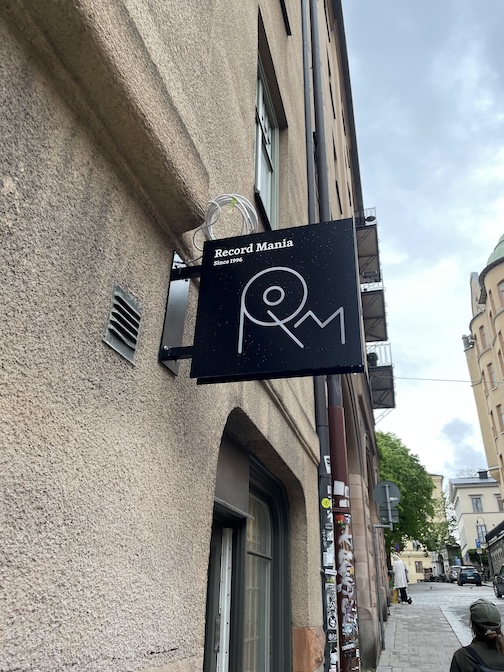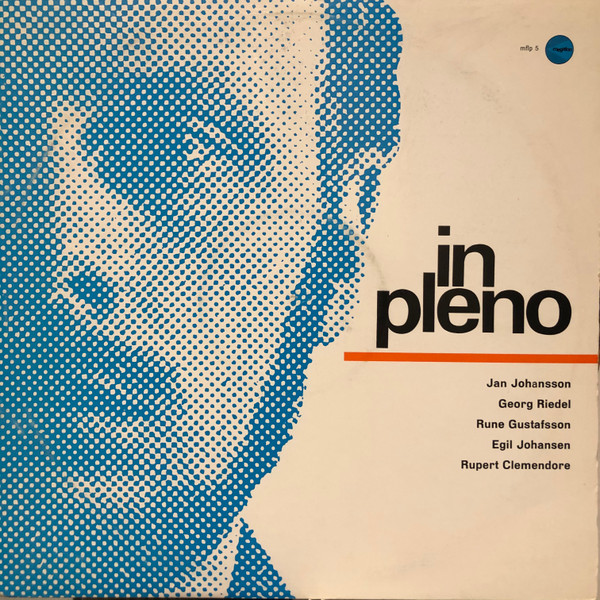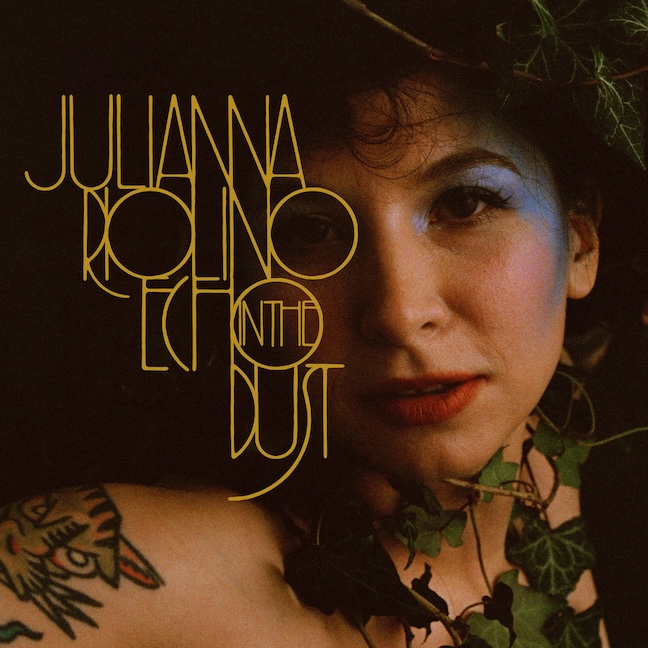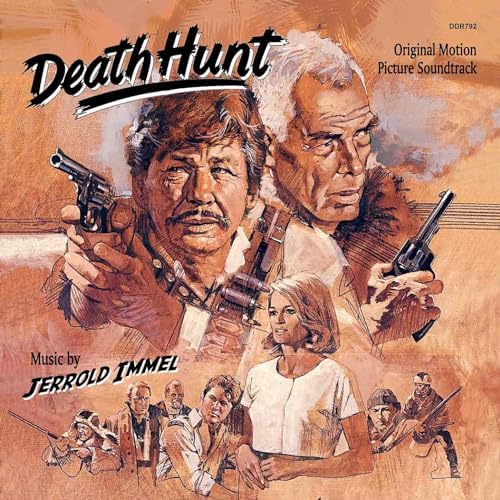Stockholm is one of the best record-store cities I've ever been to. And if I had
to select a favorite shop, as much as I love
Pet Sounds
and Djungel & Jazz,
my pick would have to be Record Mania.
Since we don't make it over to Stockholm that often, I decided not to hold myself
back at Record Mania and to buy just about any record that had guitarist Rune
Gustafsson on it. (There was actually one such record that I decided not to buy because, well, it looked
like it was probably not very good. The owner of the shop gave it to me for free.) This turned out to be one of those trips where I bought so many
records that the bag I was carrying in them fell apart. Luckily
we made it almost the whole way before that happened. But months and months later I'm still working my way through these albums.
And some of them are shockingly good. Right now the most exciting one is In Pleno,
by jazz pianist Jan Johansson.
This is a record that can hold its own against any number of classic US jazz records
from the '50s or '60s. Johansson might remind you of Bill Evans on one tune
or Horace Silver on another or Hank Jones or whoever. You can't really pin him
down because he has his own voice. The material ranges from West Coast-style jazz to some more avantgarde and interesting
tracks, as well as an exciting take on the traditional "Joshua Fit de Battle of
Jericho".
The band is also more than impeccable but brilliant. The musicianship
and ensemble feel are extraordinary. Rune Gustaffson is on here, of course,
drwaing favorable comparisons to Jim Hall and Kenny Burrell. The other contributors
are Georg Riedel on bass, Egil Johansen on drums and Rupert Clemendore on percussion. I hadn't been caring much about jazz recently but In Pleno reignited that
particular flame for me. I left the record on the turntable and just kept listening to it.

2026 January 07 • Wednesday
Julianna Riolino's All Blue was an instant favorite of mine when it came out a few
years ago and listening to it dozens of time didn't diminish my enjoyment of it at all. So it's exciting to have her follow-up record now. Echo
in the Dust is another exciting, meticulously crafted, sometimes rocking, sometimes
dreamy album.
My favortie song from All Blue ended up being "Hark" but it's too early to
say what the favorite track from Echo in the Dust is going to be. Likely candidates include "On a Bluebird's Wing", which would be great to listen to while
driving or, if you're me, biking. "Like a Rembrandt", with its powerful and assured vocals and distorted guitar riff that recalls
Link Wray's cover of "Please Please Me", is a perfect opener that eases the listener
back into Riolino's musical world. 1950s rock and pop traits are cleverly reassembled for "Seed", which also surprises
with a shift in both meter and intensity without abandoning that previous era. Art rock that's like a considerably more domesticated Tropical Fuck Storm gets a nod
in "I Wonder" while "Let Me Dream" might be the best of the slower and more hypnotic songs. Of course you should just
buy
it and draw your own conclusions!
2026 January 05 • Monday
Let's start 2026 with Charles Bronson and Lee Marvin. The 890th
Soundtrack of the Week is Jerrold Immel's
music for their movie Death Hunt.
Angie Dickinson and Carl Weathers are in it too. I bet it's pretty good! The score is solid. "Main Title/Dog Fight" starts off with some swirling
strings that would suit a horror movie, soon balanced by a heroic theme
for brass and martial snare drum. Pastoral Americana comes next in "Man's Best Friend/The Cabin", which features
harmonica and flute. The main title music is reprised and some other suspense/horror moods
added for "Millen's Posse/Shoot Low", with the horror feel continued in
"Thawing Out/Dynamite/He's Gone". The first half of "Would It Make Any Difference/In Pursuit" returns to the
harmonica-led Americana territory before veering off again into tense action/terror
music. A pensive sound that also suggests the wide-open spaces of the western
is the main ingredient of "Millen and Johnson Spot Each Other" and then it's
back to unsettling, sharp, dangerous sonorities for "Hazel and Alvin Fight/Running
with the Caribou". More aggravated, often dissonant sustained tones, jagged staccato phrases
and ominour low swells keep everything on edge for "Aerial Pursuit"
and then things settle down a bit for the tense but lower key "Another Hard
Choice/Across the Ice Peaks" and "One Last Chance/Now You're in Charge". The "End Credits from Death Hunt" reprise the hopeful Americana theme, and then there are
four pieces of source music, three of them fiddle and piano music with the fourth,
a rendition of "My Darling Clementine" played on accordion or similar instrument. Fans of John Williams and Jerry Goldsmith are likely to enjoy this one.
2026 January 02 • Friday
One of the most exciting record labels around right now is
Riding Easy.
My favorite releases from them tend to be these rescues of long lost,
sometimes never before released recordings of heavy psych/prog/rock
music from the early 1970s though they also release recordings by
current bands. For an example of something brought back from the distant past,
check out thie Granicus LP!
It starts strong with the aggressive "You're in America" and "Bad Talk",
both loud, fast and hard-hitting songs in a Black Sabbath/Led Zeppelin. Then strings come in for a mellow instrumental called "Twilight"—think the intro
to "Collage" by James Gang—followed by a monstrous 11-minute song called
"Prayer", which is also very pretty mellow several minutes before the fuzz box
gets stomped and the drums come crashing in. They were originally from Cleveland but moved to New York, where they recorded
this album and the song "Cleveland, Ohio" has a repeated line "I'm getting
out of Cleveland, Ohio". "Nightmare" starts as a trippy, spacey, laidback number before picking
up speed, followed by the headbanging, Zeppy "When You're Movin'". The last song, "Paradise", is another long one, at a little over seven minutes,
and is an intense, mostly up-tempo rocker that has trace elements of Hendrix
as well as the stirrings of hard core and metal. Seriously, this record is great.
Check it out!



 APPEARANCES
APPEARANCES